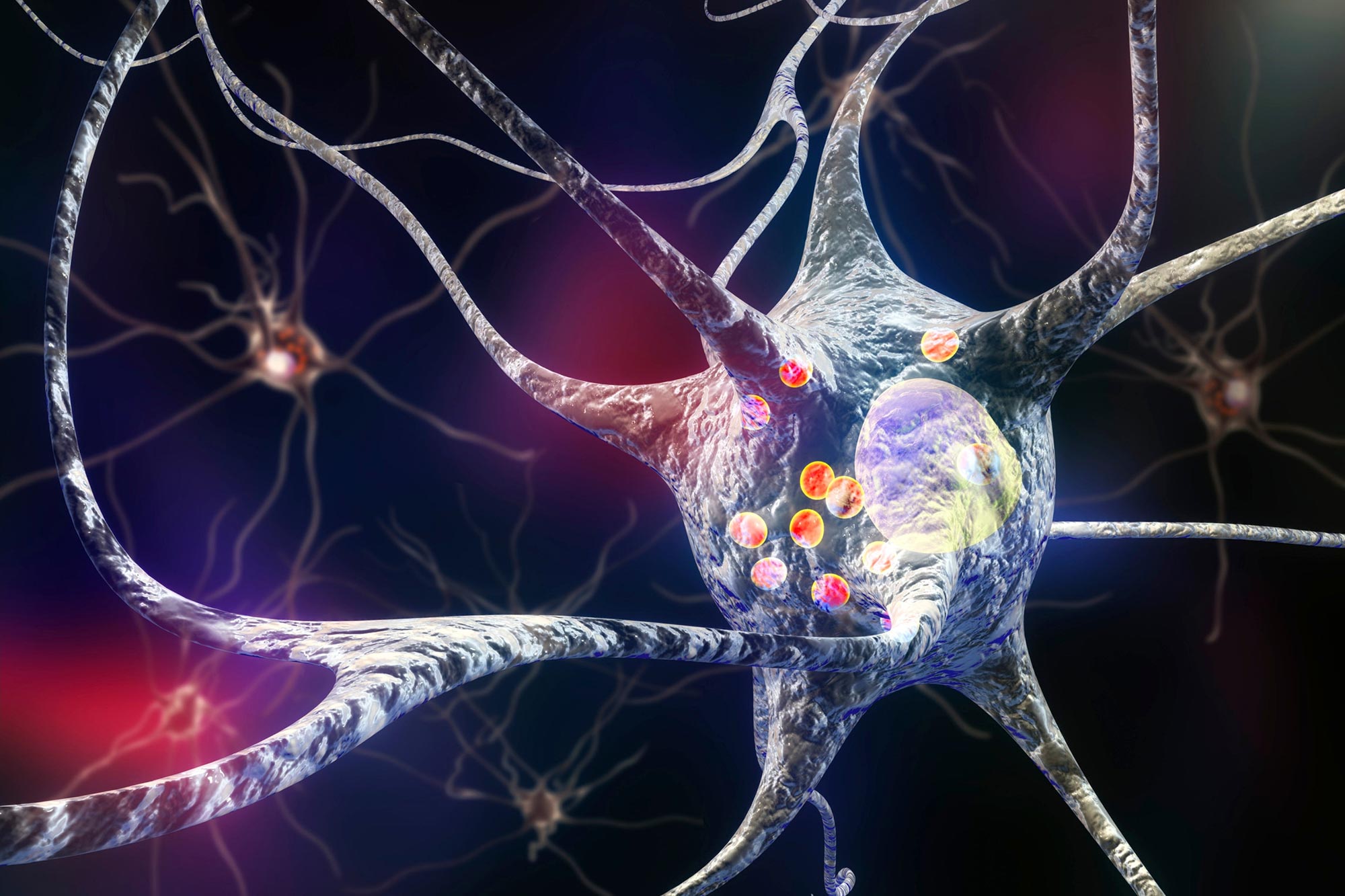A new treatment for Parkinson’s disease is undergoing clinical trials, building on successful preliminary studies with non-human primates at the University of Wisconsin–Madison. This novel approach involves transplanting dopaminergic neuronal progenitor cells into the brain, a method refined through collaboration between researchers and Aspen Neuroscience. Initial results are promising, paving the way for potential breakthroughs in the management of Parkinson’s symptoms.
A clinical trial has begun to offer a new treatment to people with Parkinson’s disease, following a study by University of Wisconsin–Madison scientists. This study, conducted on non-human primates, confirmed that the therapeutic delivery method is safe and feasible.
Parkinson’s disease damages neurons in the brain that produce reversing Parkinson’s symptoms in monkeys by grafting neurons grown from the monkeys’ own cells, called an autologous transplant.
The 2021 study, using cells grown by UW–Madison stem cell researcher Su-Chun Zhang, added new dopamine-producing neurons to each animal’s brain through injections guided in real-time by MRI to an area of the brain called the putamen. Dopamine production increased dramatically, as did the monkeys’ motor skills. At the same time, symptoms of depression and anxiety were reduced.
The new study was designed to test the delivery of Aspen’s human cells. Wirth and Aspen scientists worked with Emborg’s team to bridge the monkey-to-human application. While Emborg’s previous study administered cells to the putamen through the top of the skull, the Aspen study examined cell administration through the back of the skull — an angle that could allow surgeons to reach their target with fewer insertions of the apparatus that delivers the new cells into the brain.
“The core idea is to decrease the risk of infection, the trauma, the surgical time the patient spends under anesthesia,” Emborg says. “The fewer tracks you have to follow through the brain, the better for all of that.”
Six monkeys received grafts of the human neurons through two paths in each side, or hemisphere, of their brains, with more cells deposited on one side of the brain than the other. A control group of three animals underwent the procedure without the cell delivery.
“In tissue samples taken seven and 30 days after the procedures, we found the grafted cells persisted in five of the animals,” Emborg says.
The researchers confirmed the presence of Aspen’s human neurons in the monkeys’ brains, finding more cells in the hemispheres that were injected with a higher dose, more cells in the 30-day tissue samples compared to the seven-day samples, and the presence of a protein produced by young neurons working to integrate with neighboring cells — all signs the cells grafts were successful.
It was a true collaboration, according to Emborg — between the Aspen scientists, her lab, and the Wisconsin National Primate Research Center veterinarians and staff — to validate the company’s procedures and equipment before study co-author Paul Larson, a neurosurgeon at Banner – University Medical Center Tucson and professor of neurosurgery at the University of Arizona College of Medicine – Tucson, began Aspen’s first-in-human trial with people with Parkinson’s in April.
The work done to refine the logistics, surgical equipment, and techniques in the animal procedures will inform the way patients in the human trial receive and recover from the new therapy, providing hope for those struggling with a debilitating disease.
“Our results were all so exciting,” Emborg says. “And then, when I saw they had been able to begin with a human patient this spring, I just had tears in my eyes.”
Reference: “Preclinical evaluation of transaxial intraputaminal trajectory for enhanced distribution of grafted cells in Parkinson’s disease” by Marina E. Emborg, Anthony Mancinelli, Julia C. Colwell, Alexandra D. Zinnen, Bruce Pape, Kevin Brunner, Viktoriya Bondarenko, Casey Fitz, Jennifer Coonen, Viktorie Menna, Kerri Fuchs, Nancy Schultz-Darken, Heather A. Simmons, Ha Tran, Paul Larson, Miles Olsen, Sam Hurley, Andres M. Bratt-Leal, Edward Wirth III, Jeanette M. Metzger, 26 July 2024, Journal of Neurosurgery.
DOI: 10.3171/2024.4.JNS24367












/https://tf-cmsv2-smithsonianmag-media.s3.amazonaws.com/filer_public/d1/82/d18228f6-d319-4525-bb18-78b829f0791f/mammalevolution_web.jpg)







Discussion about this post